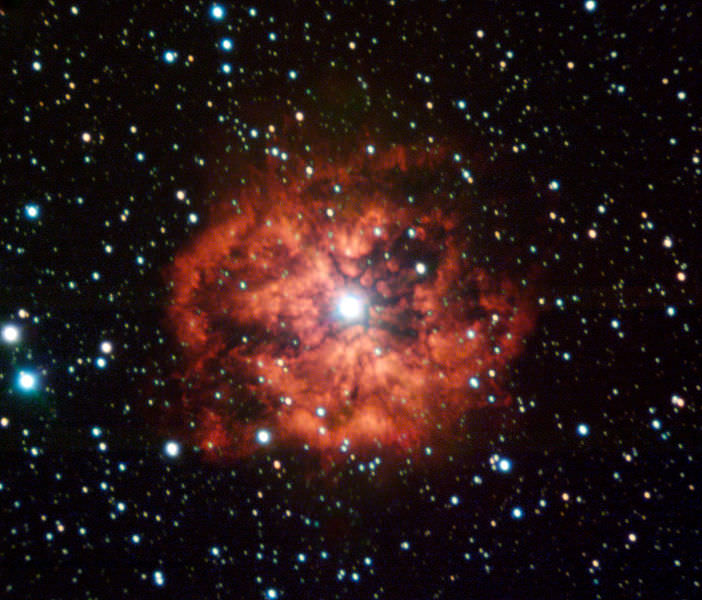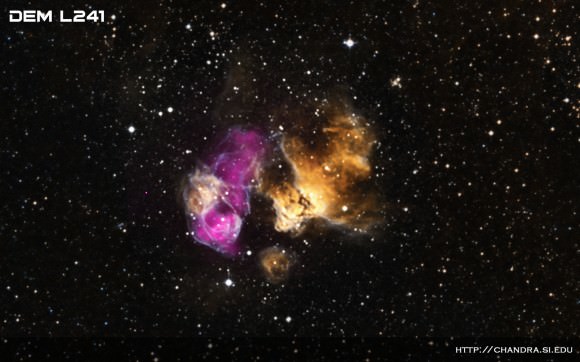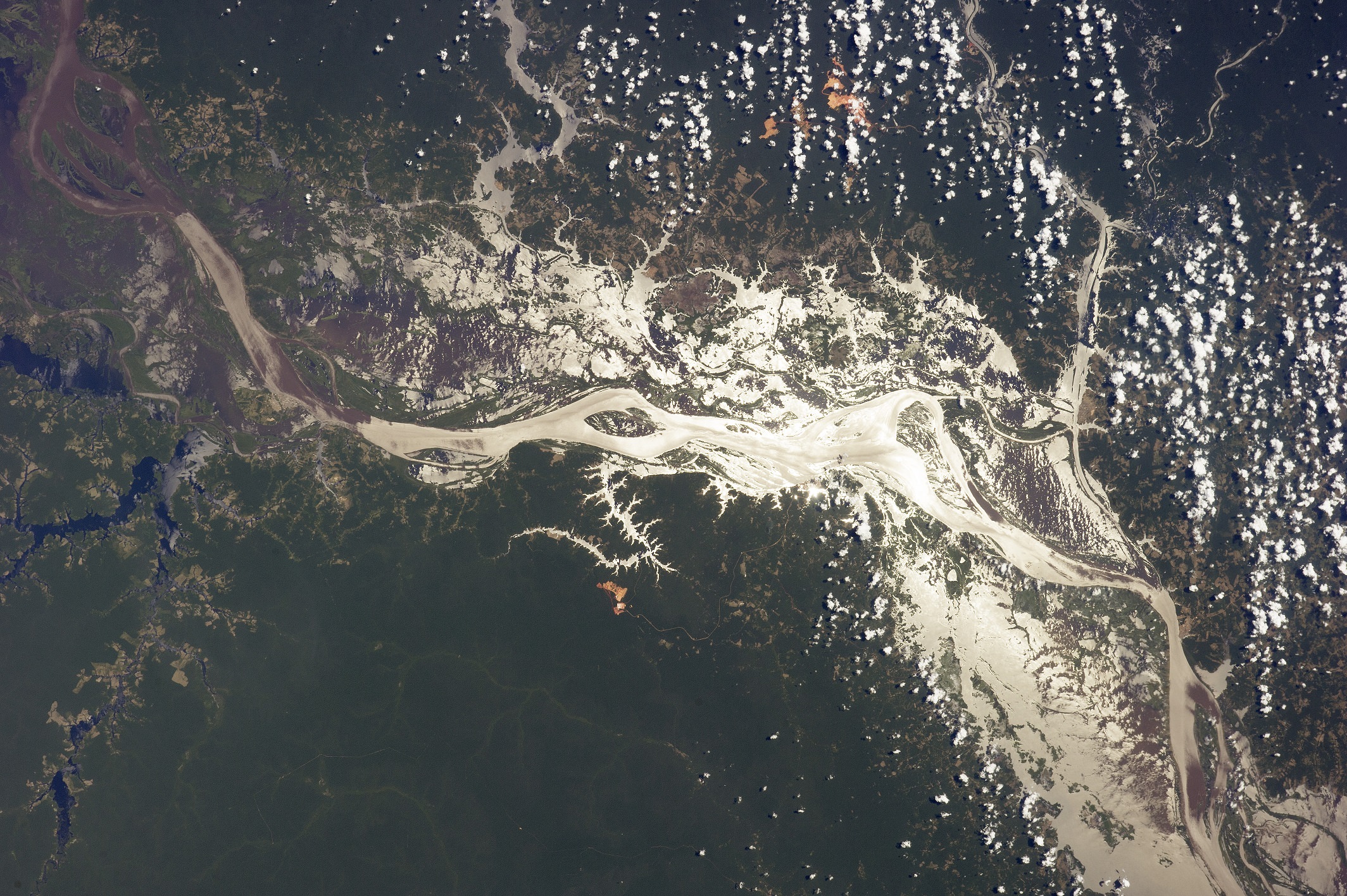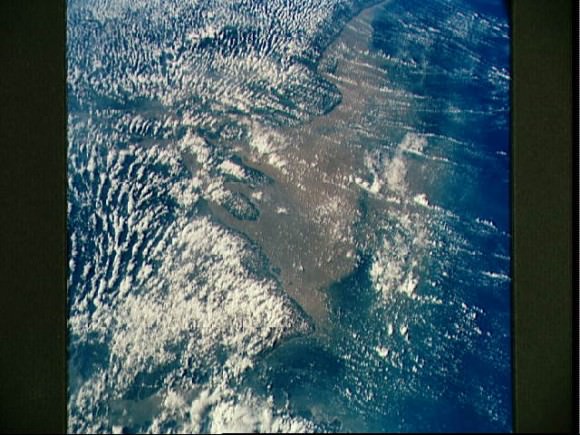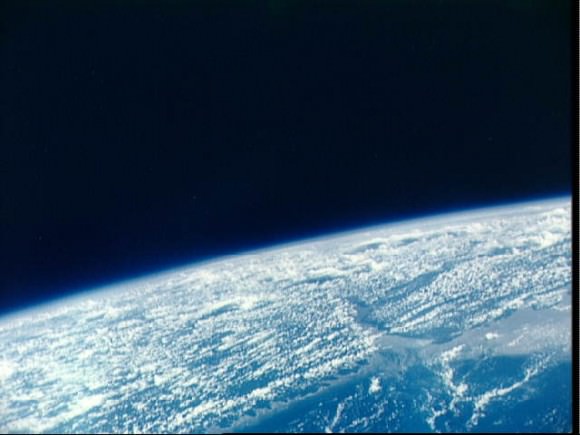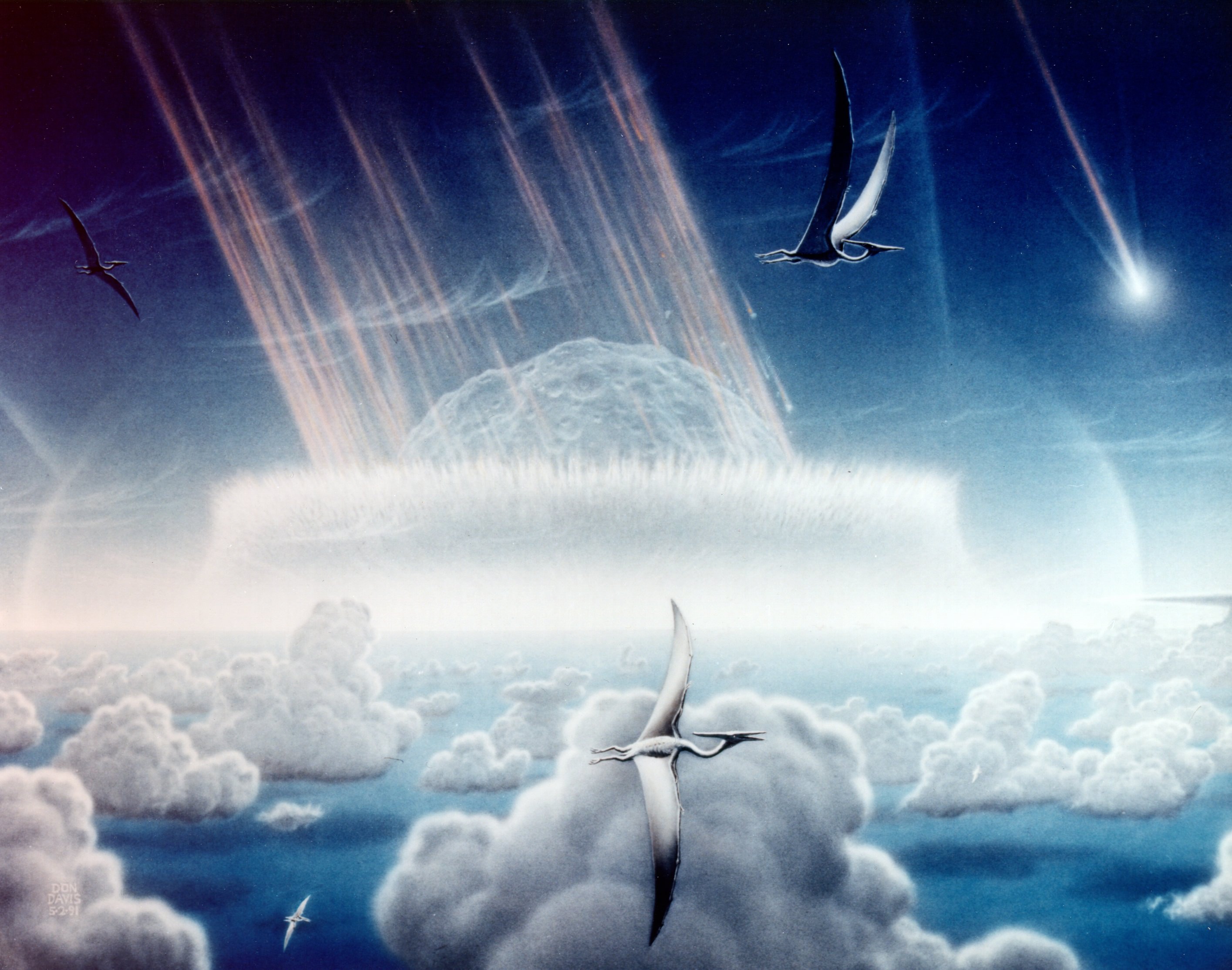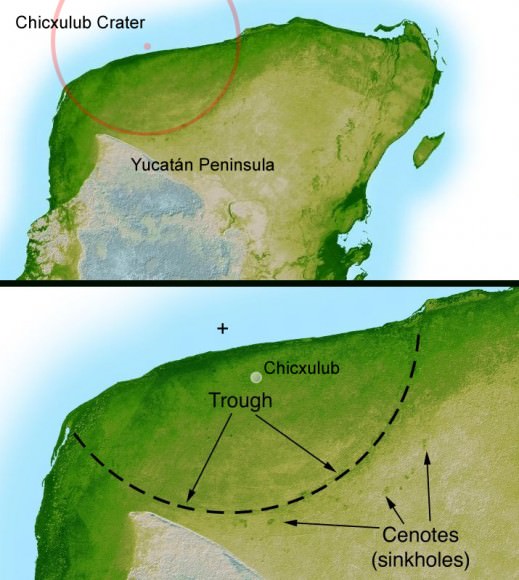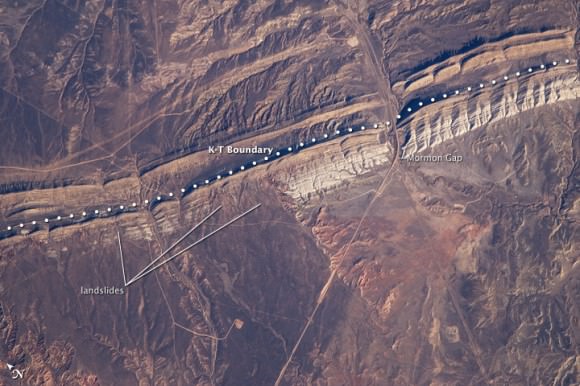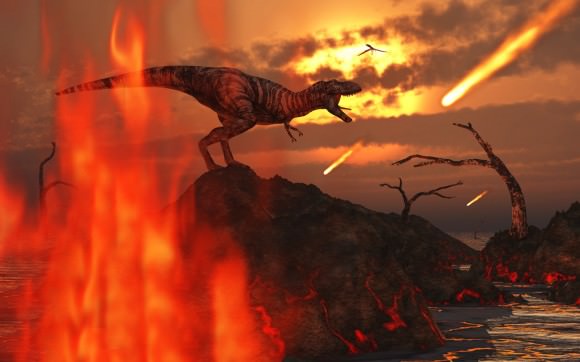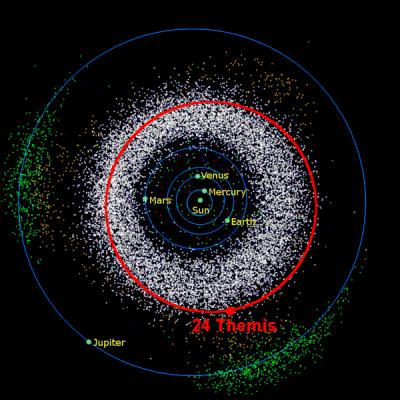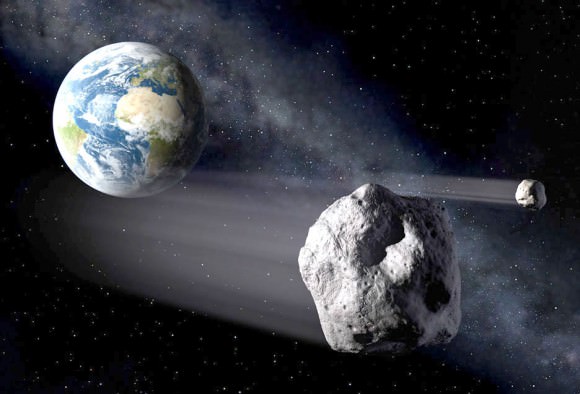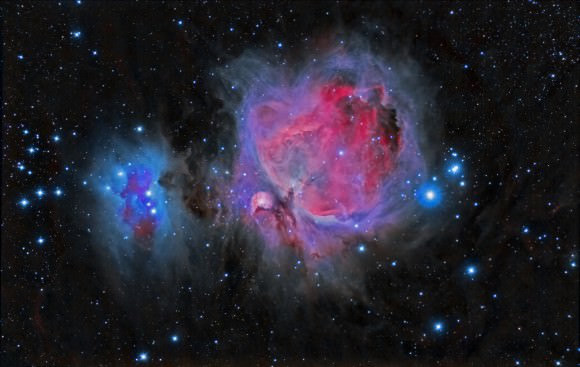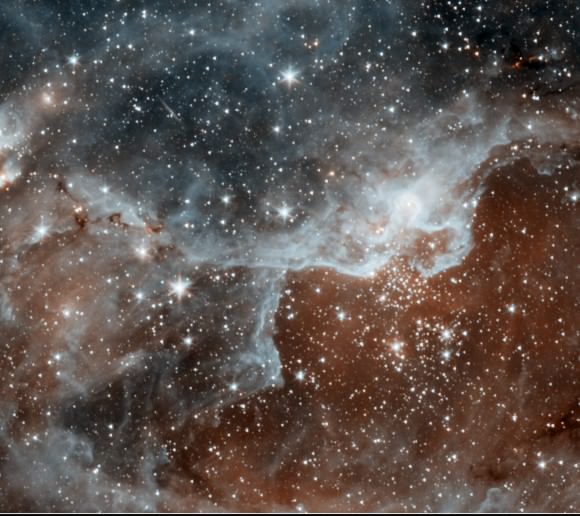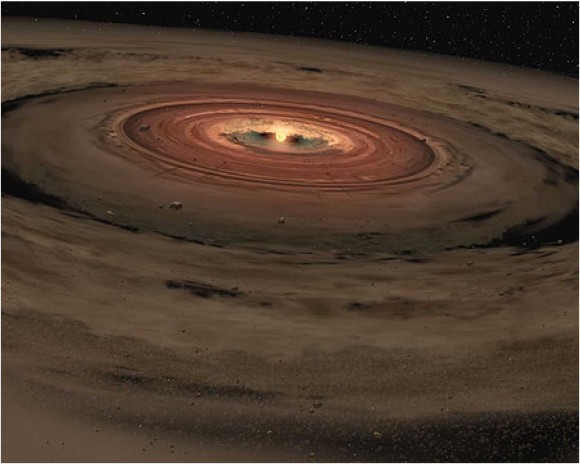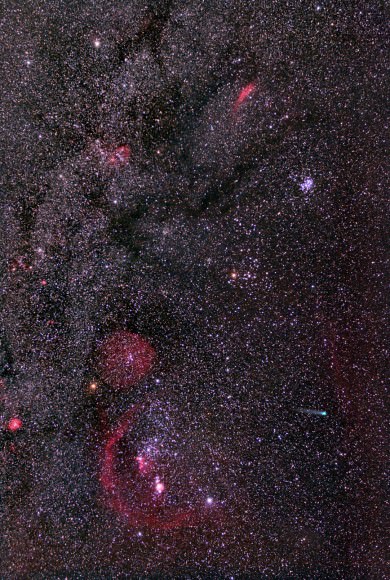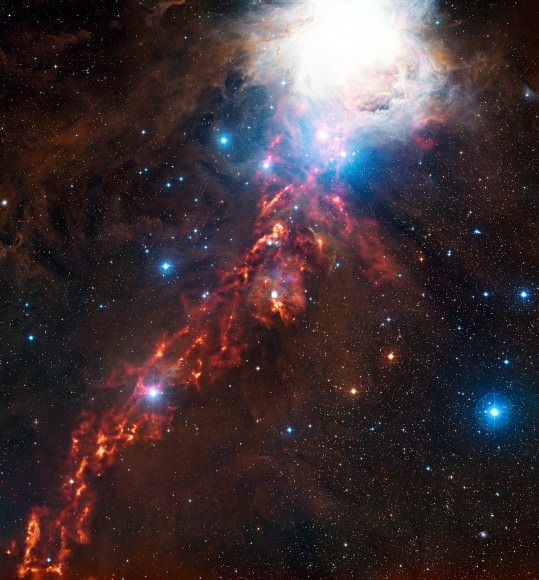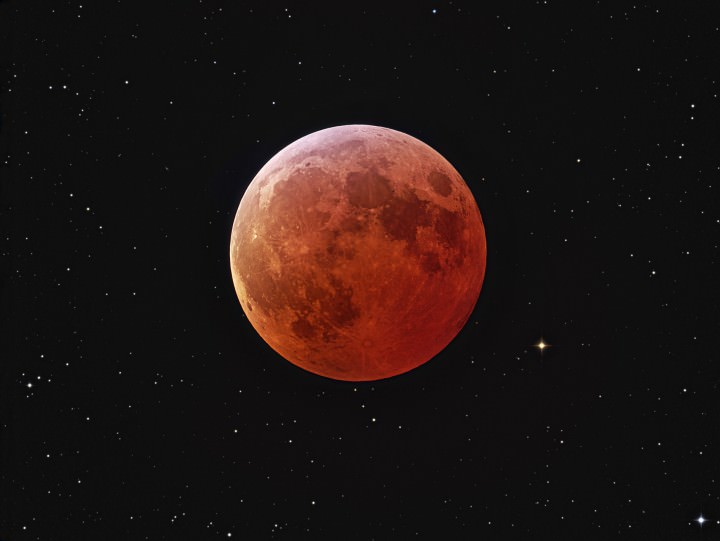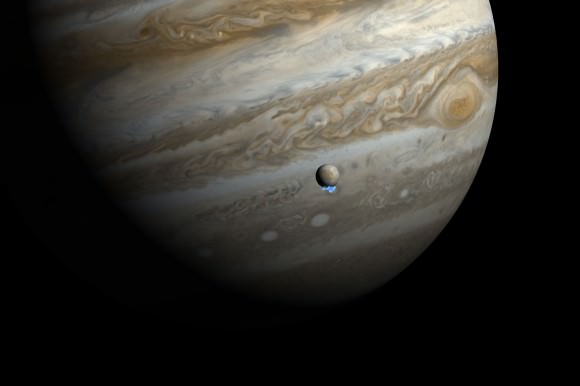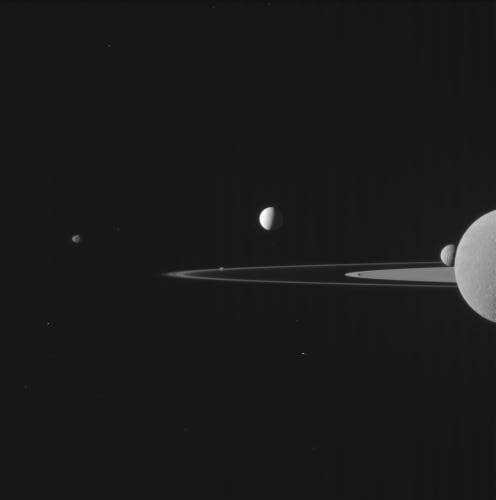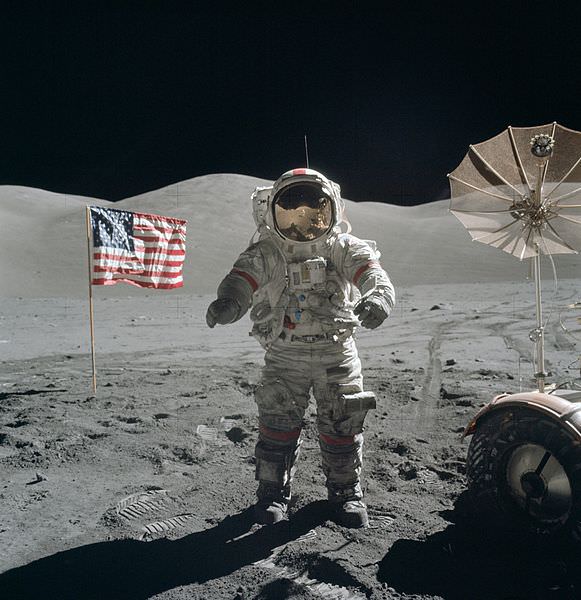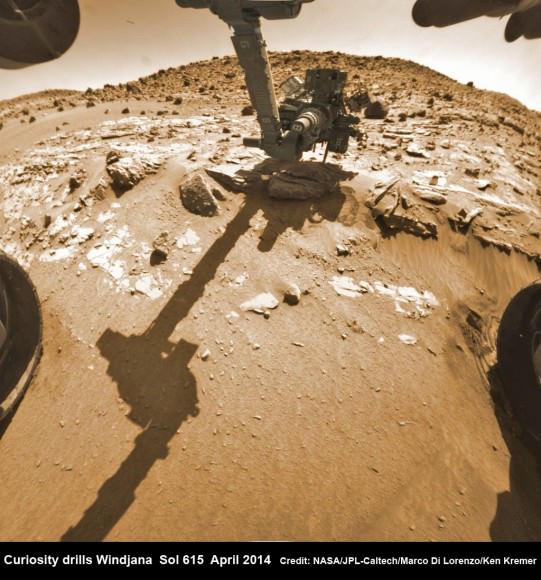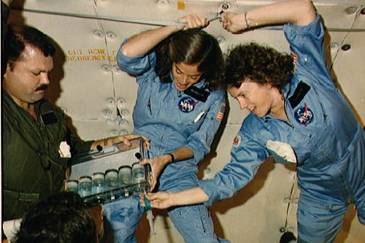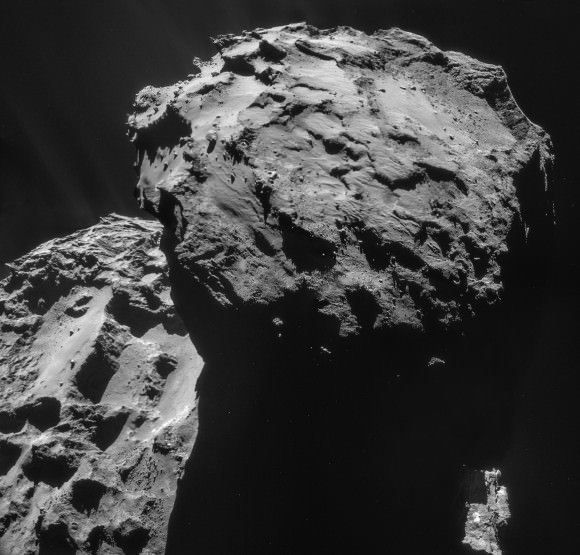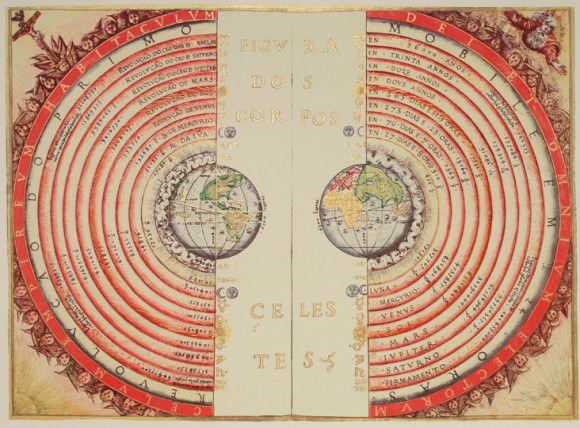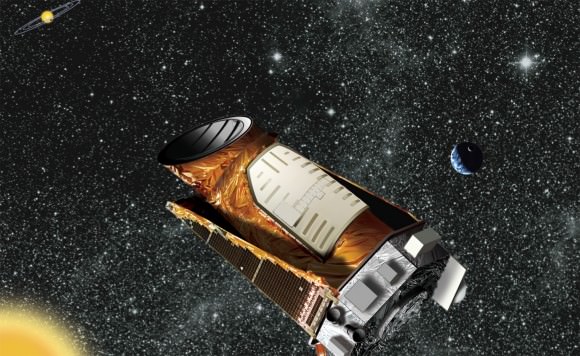A quick think about optical astronomy would have you imagine that most of it takes place at night. Isn’t that when the stars and galaxies come out to play? Well, that assumption makes at least one glaring error: Earth happens to be close to a star that is worthy of study. It’s called the Sun, and it only appears during the day.
We love being close to the Sun because it gives energy that gives us light. But that same energy can also be damaging to eyes and to instruments. Below are how amateurs and professionals alike safely observe our closest stellar neighbor.
Amateur astronomy
The safest way to observe the Sun is by projecting it on to a surface. By doing this, you’ll be able to see huge sunspots and you can also watch as the star marches through a solar eclipse — if you’re lucky enough to be in the area.
This is how Sky & Telescope suggests you get it done: “Poke a small hole in an index card with a pencil point, face it toward the Sun, and hold a second card three or four feet behind it in its shadow. The hole will project a small image of the Sun’s disk onto the lower card.”
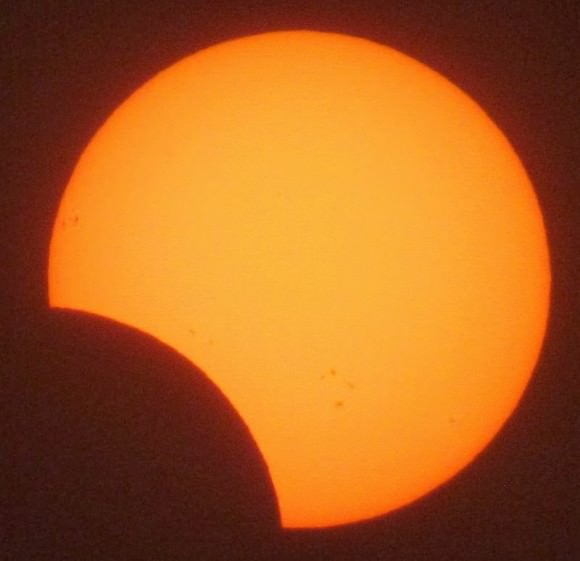
If you prefer to look at the Sun directly, you must protect your eyes and your equipment (binoculars/telescope/camera) from looking at it unexposed. We’ll refer you again to the Sky & Telescope article for the best expertise, but in general, understand that you will need special equipment to do it safely.
Professional astronomy
There are numerous larger telescopes that are used on the ground, which typically have special filters to block out the damaging parts of the Sun’s light. We have a few examples below, but we’re sure you’ll come up with more examples from your own neighborhoods!
Of note, professional astronomers use multiple tools to look at the Sun. They can examine the Sun in different wavelengths of light to see its surface and corona. They can use spectroscopy to see the elements produced in different parts of the Sun. They can study its radiation using radar, or its interior using techniques such as acoustic interferometry.
- U.S. National Solar Observatory: The observatory has two major optical facilities, called the Dunn Solar Telescope (Sacramento Peak) and the McMath-Pierce Solar Telescope (Kitt Peak). Luckily for the public, both are open to visitors. The observatory also is part of the Global Oscillation Network Group, which looks at acoustic waves inside the Sun using six stations spaced around the world.
- Big Bear Solar Observatory‘s New Solar Telescope can view features on the Sun that are as small as 50 miles (80 kilometers) across. It saw “first light” in 2010 and for now, is the largest aperture solar telescope at 1.6 meters across.
- For future-casting, look at the 4.24 meter Daniel K. Inouye Solar Telescope and four-meter European Solar Telescope.
But that’s not all we’ve got. Here are a few examples of space telescopes in orbit:
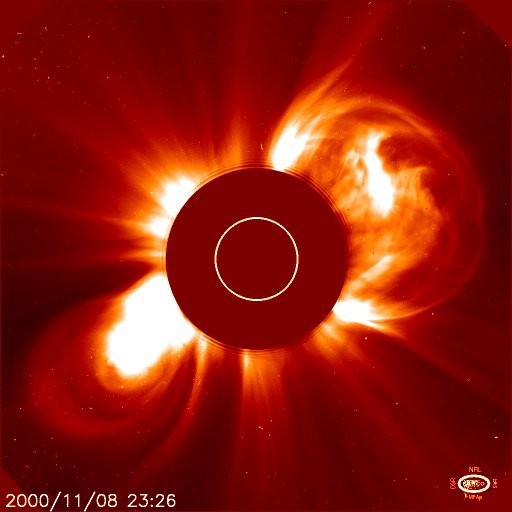
Solar and Heliospheric Observatory (SOHO): Launched in 1995, this NASA and European Space Agency is supposed to study the Sun’s interior, figure out more about the superheated solar corona or envelope that surrounds the Sun, and understand how the solar wind is created. It’s also a famous comet catcher and observer.
STEREO (Solar TErrestrial RElations Observatory): Launched in 2006, these twin spacecraft are in different parts of the Earth’s orbit: one ahead, and one behind. Their goal is to produce three-dimensional images of the Sun to improve space weather forecasting (specifically, when large eruptions on the Sun could disrupt Earth communications). As of early 2015, STEREO-B is not communicating with Earth.
Solar Dynamics Observatory: Launched in 2010, it aims to understand why the Sun has an 11-year solar cycle and to learn more about the Sun’s magnetic field and energy. The ultimate goal, again, is to improve space weather predictions.
We have written many articles about solar observatories, both ground and space-based, here on Universe Today. Here’s an article about the STEREO spacecraft seeing a tsunami on the Sun. We have recorded an episode of Astronomy Cast just about the Sun called The Sun, Spots and All.


